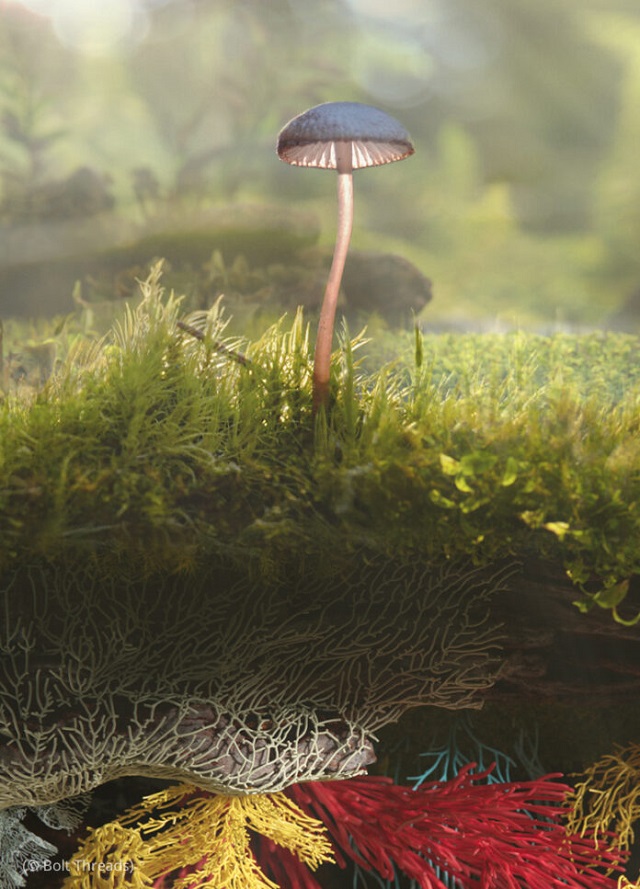American companies are finding innovative ways to reduce the environmental cost of fashion.
According to the United Nations, the fashion industry accounts for 10 percent of global carbon emissions and nearly 20 percent of global wastewater.
In response, designers and innovators are creating more sustainable and ecological fast-fashion options. American innovators, in particular, are rising to the challenge and getting creative with articles of clothing made from natural materials.

Allbirds flip-flops, left, are made from sugar cane and other materials, right. (© Allbirds)
American shoe company Allbirds creates flip-flop shoes from sugar grown in Brazil. Allbirds SweetFoam™ is made from sugar cane and is the first green ethylene-vinyl acetate (EVA), a plastic foam running shoe and flip-flop material.
It is also the first carbon-negative EVA, which means Allbirds removes more carbon from the air than it generates producing the shoes. “The sugar cane is grown and processed in Brazil, and its byproducts are used to power the mill and fertilize the fields,” the company says.
American company Nothing New uses recycled materials in their shoes. Almost the entire shoe — from the canvas of the shoe’s body to its laces — is made from recycled plastics.
Each pair of shoes is made from the equivalent of 5.6 plastic water bottles and saves 160 gallons of water because of it, according to the company’s website.
Leather — used for shoes, handbags and articles of clothing — comes at a high environmental cost.
That’s why two American companies, Bolt Threads and MycoWorks, are creating imitation leather from mushrooms’ mycelium — the fungal and fibrous underground structure of mushrooms.

Two American companies, Bolt Threads and MycoWorks, are creating faux leather out of mushrooms’ mycelium — the fungal and fibrous underground structure of mushrooms. (© Bolt Threads)
The resulting fibrous material can be treated and processed like leather, leading to countless possibilities for its use. Fashion designers from outside America and American athletic wear companies Adidas and Lululemon recently signed a joint development agreement with Bolt Threads to use its mushroom faux leather, Mylo™, for shoes and handbags.
Raw materials like leather account for the majority of a fashion company’s environmental footprint, says Bolt Threads chief executive and founder, Dan Widmaier.
“Up to 72% of a company’s total environmental impact comes from the raw materials they use,” he said. “Leather, specifically, is ranked the third most environmentally damaging material after silk and alpaca wool.”
Unlike raising cattle for leather, growing mushrooms emits low greenhouse gases and requires little water.
“Most importantly, this is an ongoing commitment to develop materials and products for a more sustainable future,” Widmaier added.
Banner image: A scientist with Bolt Threads works on its mushroom faux leather, Mylo™. (© Bolt Threads)







COMMENTS0
LEAVE A COMMENT
TOP